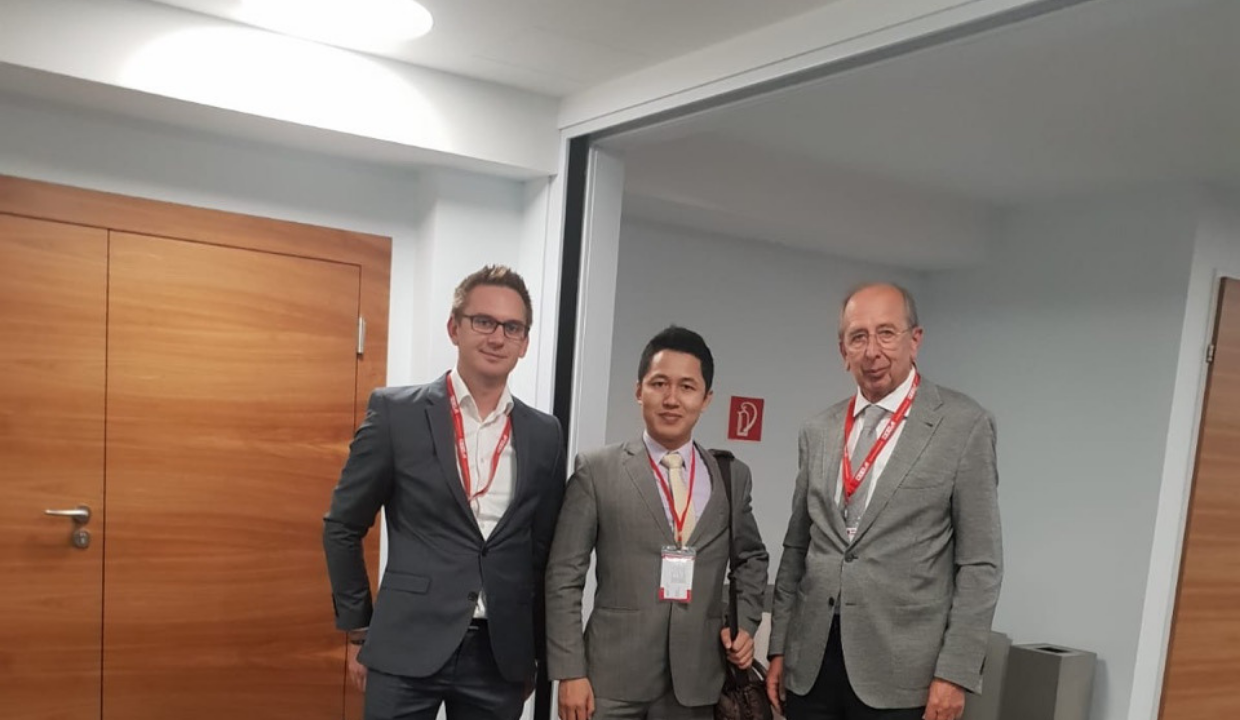With the attention of many investors, Lien Chieu port project promises to attract large capital to build and form a large-scale logistics port in the Central of Vietnam and also attractive foreign investors to invest in Vietnam.
The Lien Chieu port project is being implemented by the Government and Da Nang City urged to speed up the implementation process. According to expert, the construction of Lien Chieu port could not be delayed any longer. Because Tien Sa port has been over 118 years, the life cycle is old and does not meet the demand for a large logistics port in the region.
Lien Chieu Port will have an area of about 220 hectares, of which 70% is for warehousing, the capacity of 3 phases is up to 2 million TEUs, general cargo is about 5 million tons. Lien Chieu Port serves not only cargo for Da Nang or neighboring provinces, but also the East-West economic corridor.
The total estimated investment is 3,426 billion VND for the shared infrastructure for Lien Chieu port project, in which the central budget accounts for 87.4% from the contingency of the Medium-term Plan for the period 2016 – 2020 and Medium-term Plan source for the period 2021 – 2025; the budget of Da Nang City is expected to contribute 12.6%; Da Nang has also arranged 30 billion VND capital plan for 2020.
Meanwhile, the call for investment in harbors, container yards, general warehouses, logistics areas, logistics facilities behind the port… is also receiving the attention of many investors. Recently, the Japan International Cooperation Agency (JICA) has proposed a grant of 50 million Yen (equivalent to 11 billion VND) to survey and collect Lien Chieu port development research data.
The research results are the basis for JICA to continue reviewing and supporting the Pre-Feasibility Study Report of Lien Chieu port project. Currently, many domestic and international investors are also interested in participating in the construction of Lien Chieu port such as T&T Group, Tan Cang Saigon, Boskalis Inter A.V Company (Netherlands) and Japanese investors.
Component 2 of Lien Chieu port project will be invested in the form of mobilizing and calling businesses to invest with appropriate sizes in planning and in each development stage. After completing the procedure, Da Nang city will organize bidding, open auction…























